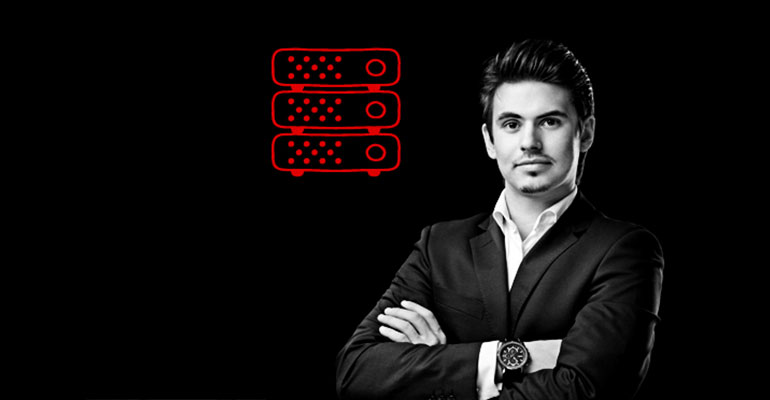A number of significant trends are converging to accelerate the development of the workplace of the future. Ross Miller, until recently the CIO of GPT Group, was kind enough to share his experience overseeing the creation of an activity-based workplace at GPT.
With a focus on mobility, flexibility, collaboration, productivity and reduced costs an activity-based workplace comprises workstations, quiet rooms, informal and formal meeting rooms and communal areas which provides employees with the freedom to choose which type of work setting best suits their needs at any given time. Unlike hot-desking, which is a solely a cost-cutting initiative, the aim of an activity-based workplace is to create an optimal work environment characterised primarily by collaboration and creativity.
According to Ross, the changes were driven by the need to improve the culture of the organisation: “We wanted people from different, very siloed departments to be able to communicate more freely. To do this, we needed to remove barriers to collaboration”. Nonetheless, it was important that the project was cost neutral and that GPT were able to realise significant cost savings, particularly in terms of required space for staff, reducing their footprint from 5 to 3 floors of prime Sydney commercial real estate.
The features of GPT Group’s activity-based workplace included:
- Communal desks with a first in first served policy (employees are required to clear their desk at the end of each day)
- Paperless policy
- Places to meet including private spaces, quiet rooms, collaboration hubs, traditional meeting rooms and ‘creative suites’ (areas designed specifically to encourage creativity)
- Lockers for every employee
As one might expect, numerous challenges were faced along the way. Firstly, there were technological challenges including the need for major IT re-structuring, including relocating the data room, as well as the adoption of new technologies including:
- Universal docking stations
- Collaboration software
- ‘Swipe to print’ printers (in centralised location)
- Video grade wireless
- Soft phones
- Remote access
- Desktop virtualisation (for disaster recovery and also to enable BYOD)
- An advanced room booking application
- Microsoft Office 2010, Windows 7 and OCS
Then there was the challenge of training employees. To encourage employees to embrace the changes, GPT implemented a training program that involved each staff member being issued with a “passport,” to which a stamp was added each time a training module was completed. According to Ross, “this drove intense competition for people to get the most stamps and resulted in tremendous adoption of the training regime”. There was also a “Biggest Loser” style competition in which employees competed to see who could “lose” the most paper. Furthermore, a core group of 20-30 people collectively known as the ‘I Team’, were charged with the responsibility of being “cultural champions” by setting an example as to how to behave in the new work environment.
Nonetheless, human resistance and internal politics remained a key challenge. “Political fights along the way were enormous” Ross said. “Managers who were accustomed to working at their own desk stacked with piles of paper for 20 years were not very happy about the changes”. He also said managers also had to get used to their staff not working the traditional 9-5 day and needed to become accustomed to measuring performance by output, not by hours worked.
These human challenges were overcome, according to Ross, through rigorous change management and because the senior leadership team embraced the changes, setting an example for rest of the management hierarchy. “The CEO needs to buy into it otherwise an activity-based workplace project will most likely fail.”
The project was a tremendous success for GPT with collaboration dramatically improving. Furthermore, paper almost complexly disappeared from the office, the price of rent dropped and GPT Group received a coveted 6 green star rating. Desk shortage was never an issue, as occupancy never exceeded 80%.
Ross emphasised the fact that the project was made possible by the same technologies, such as desktop virtualisation (VDI), that make BYOD possible. “We initially adopted VDI for disaster recovery, but it also gave us the opportunity to roll-out a BYOD program. BYOD and the development of an activity-based workplace go hand in glove. BYOD is a significant enabler of the workplace of the future.”



